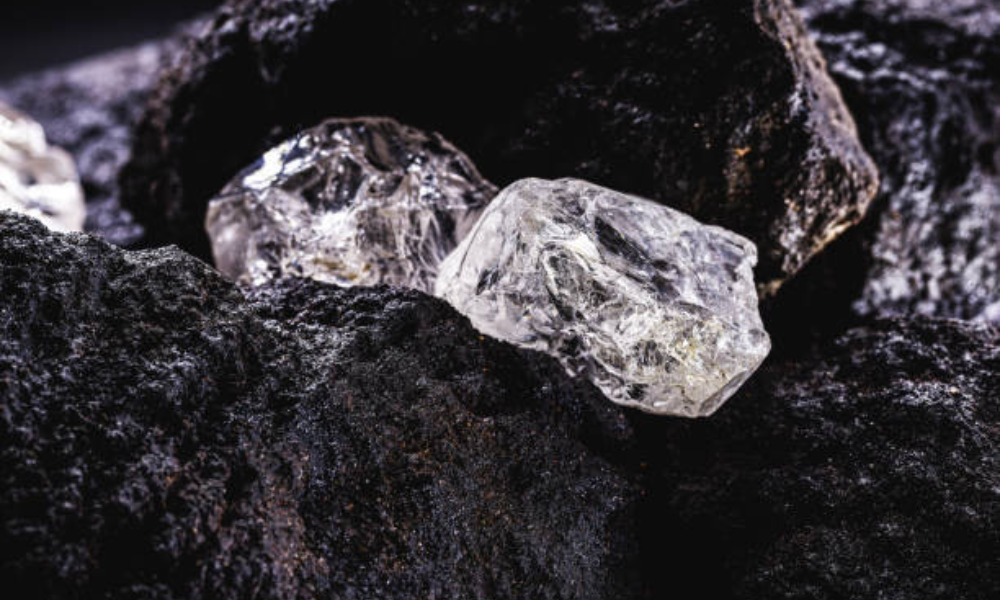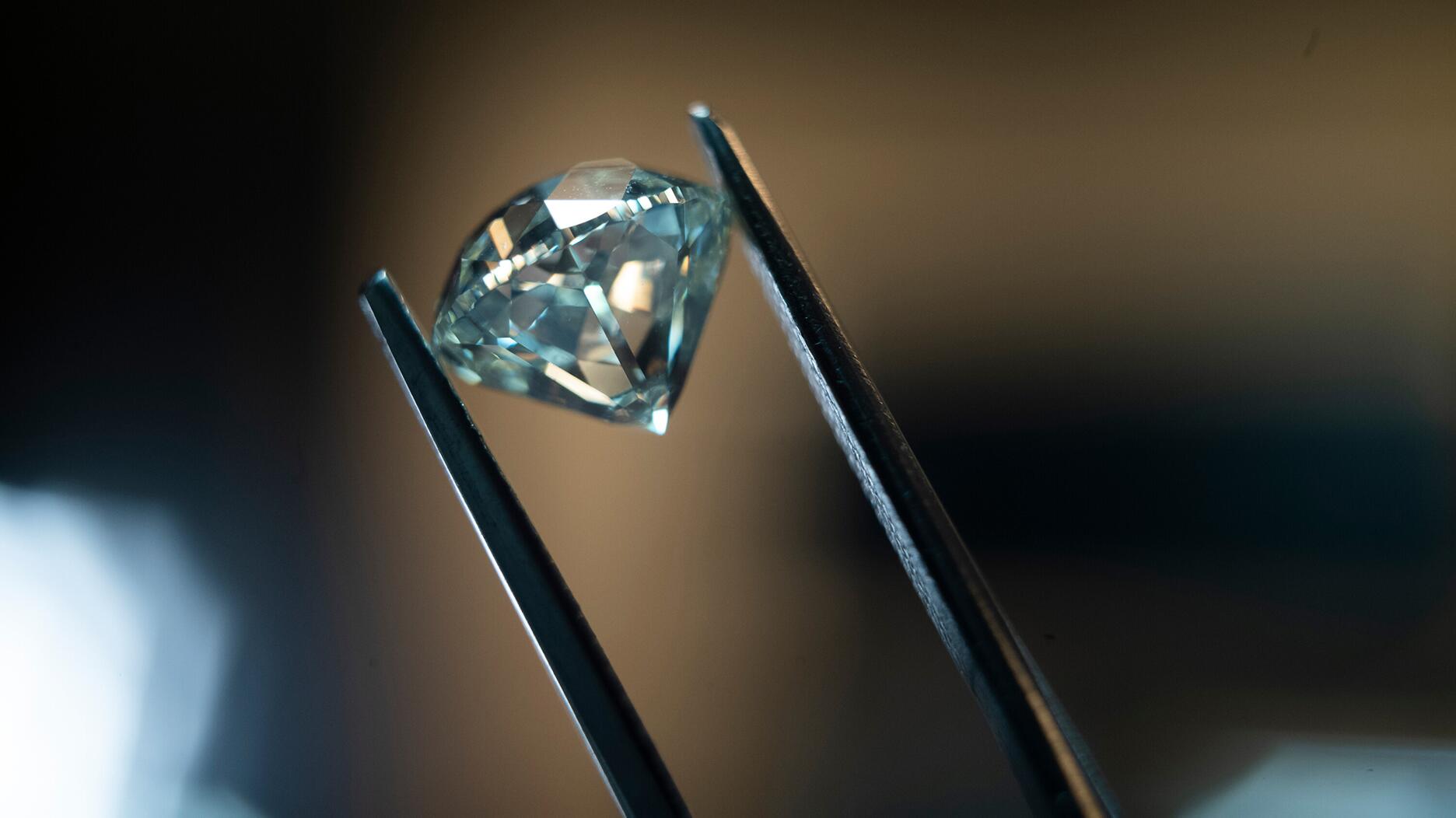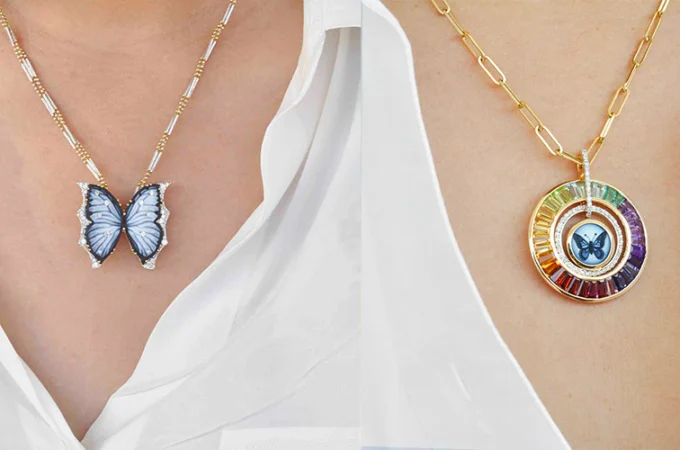
Lab-Grown Diamonds vs. Natural Diamonds: What’s the Difference
For a long time, natural diamonds had dominated the market, and they were perceived to be the “real diamond.” However, advances in technology would challenge the status quo, and lab-grown diamonds started dominating the market. This article is going to explore the main differences between lab diamond and natural diamonds.
There are numerous differences between the lab-grown diamonds and the natural ones. To start with, one of the main differences between the two lies in the formation. The natural diamonds took billions of years to be created, deep in the earth, and the process involved high temperatures and high pressure. Because the availability of natural diamonds is limited, they are expensive to buy. The cost of mining, logistics, and polishing, further adds to the cost of the natural diamonds.
The lab-grown diamonds are processed in state-of-the-art technology and laboratories. This process imitates the conditions that are found deep within the earth, more so the high pressure and the high temperatures. Growing lab diamonds takes far less time compared to natural ones, with the lab process taking just a few months. At the end of this process, the lab-grown diamond has the same chemical composition as the natural diamond giving them legitimacy in the diamond market.
There is a difference between the size and the customization of the natural diamonds and the mined ones. It is very rare to find a very big natural diamond. But the lab-grown diamonds come in all sizes thereby giving you a lot of options to choose from. The process of processing natural diamonds can have a lot of waste, especially at the stage of polishing.
There is a big difference in the prices of the natural diamonds vs the lab-grown diamonds. The lab-grown diamonds come in large numbers, and therefore, the prices of the lab ones are cheaper. If you opt to buy a lab-grown diamond, you are going to save as much as 50 % of the total cost of buying the diamond. However, the price of the lab-grown diamond does not increase in price as is often the case with the natural diamond. The natural diamonds are known to be unique and rare, and therefore, they attract a high price. Because technology tends to be more accessible and affordable with time, there is a high likelihood that the prices of lab-grown diamonds are going to fall in the future.

The lab-grown diamonds beat the natural ones when it comes to environmental protection and sustainability. Lab-grown diamonds have reduced the demand that fuels conflict diamonds. The process of creating natural diamonds has been responsible for environmental degradation including deforestation. The process of processing diamonds in the lab does not lead to a lot of waste, and this enhances high environmental standards. The lab diamond will be the diamond of the future.
When the natural diamond and the lab-grown diamond are viewed with the naked eye, one will not know the difference between the two. It will take the effort of a professional in the diamond industry to tell the diamonds apart.
About Rare Carat
Rare Carat is your one-stop shop for both natural and lab-grown diamonds. The company boasts a competent team of professionals, vast experience in the field, and cutting-edge technology.
The prices at Rare Carat are affordable, and there is something for everyone. The company regularly gives deals, offers, and discounts, and you just need to check them out so that you can take advantage of them.
Rare Carat understands that different customers may have different needs and preferences. In light of this, the company is able to offer customized services.
Rare Carat gives customers a lot of options to choose from including the lab-grown diamonds.
Rare Carat has taken the necessary certification, insurance, and licenses. Therefore, should anything go wrong, which is rare, there are institutional structures for seeking redress.
Contact Rare Carat today, and you are going to get the best diamond deal that the market can offer.




